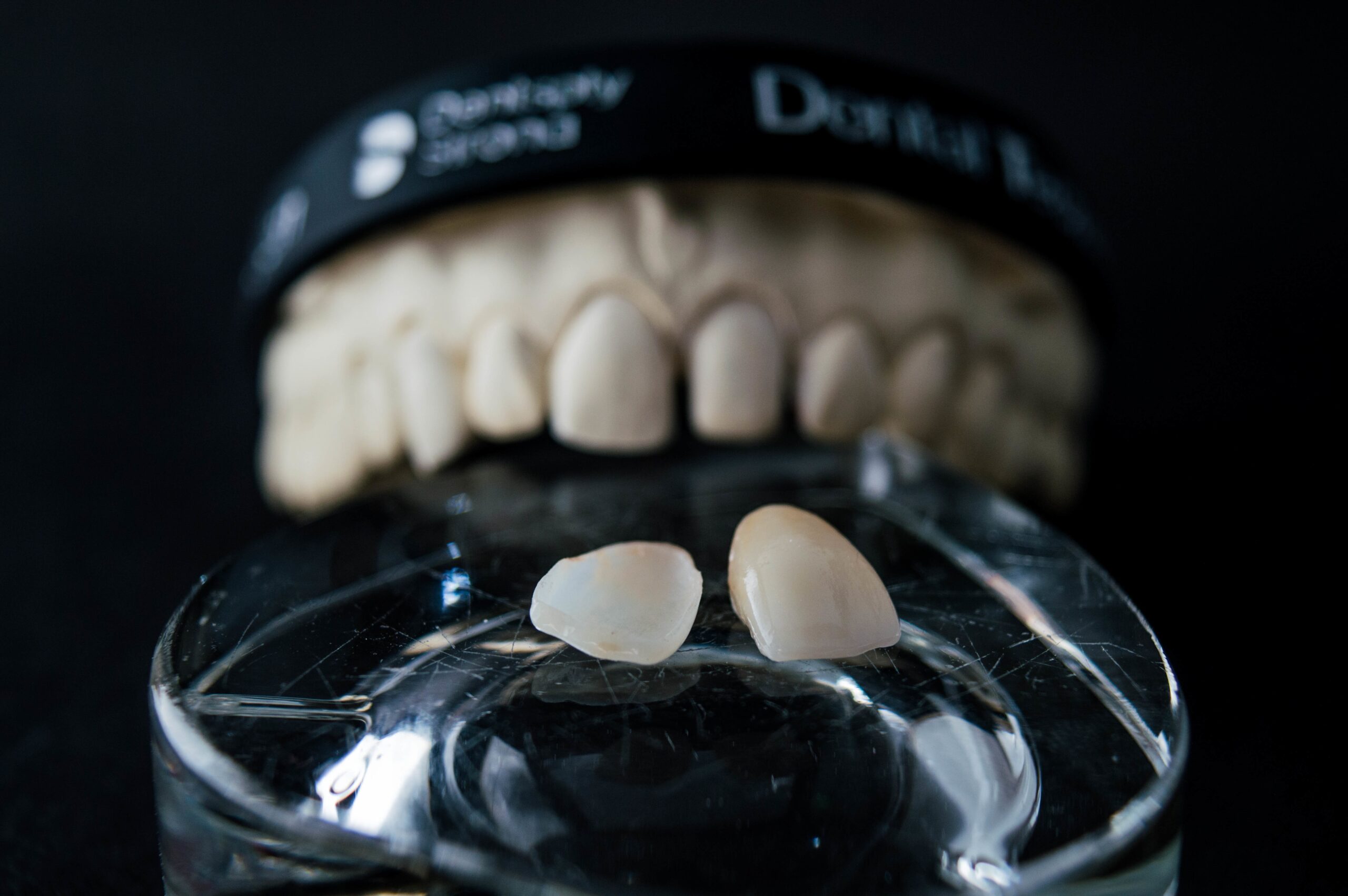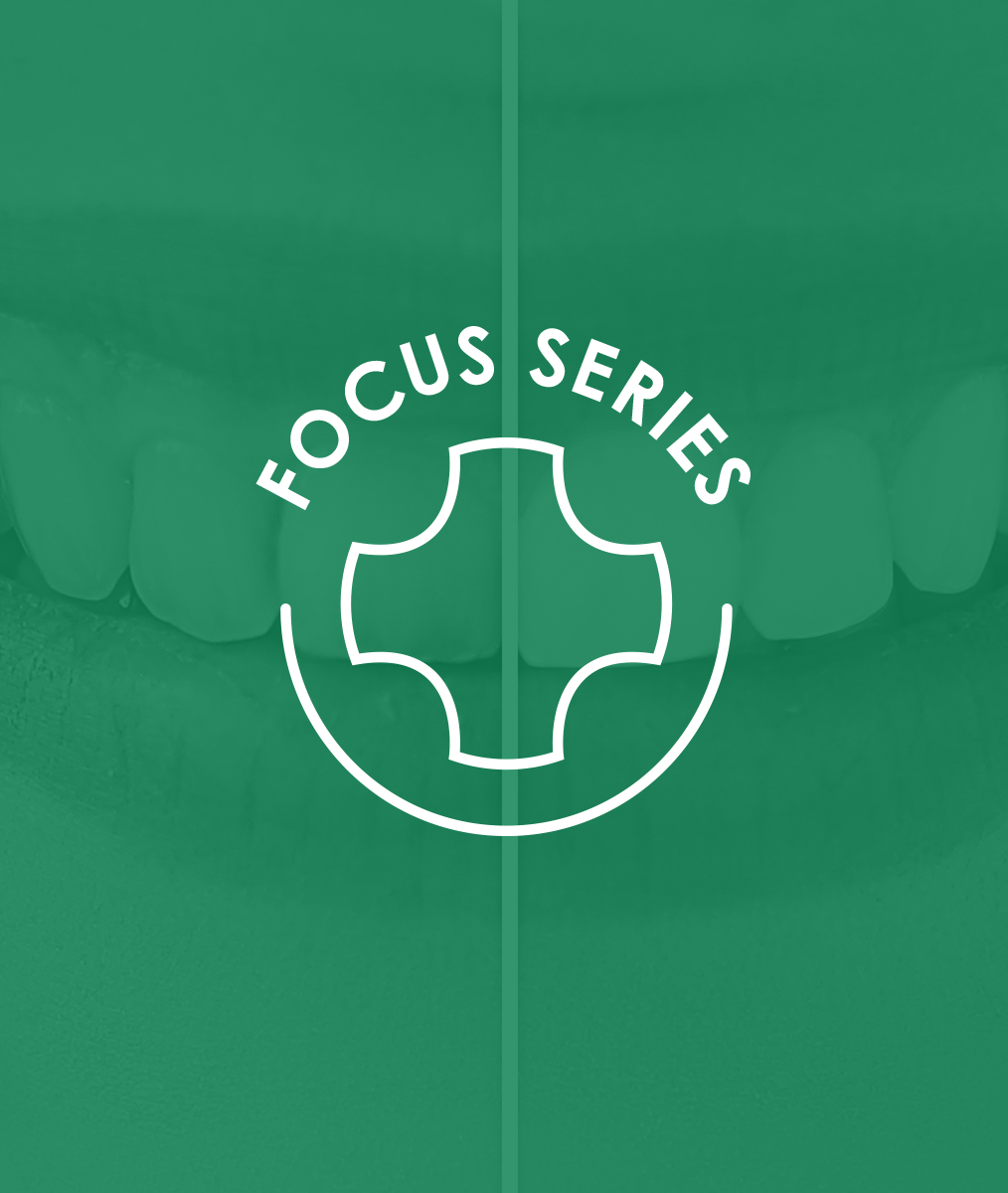
Facts About Zirconia from the Literature
Christopher Mazzola, DDS
The purpose of looking at recent research data is to see how we can improve our clinical success. Different scholarly journals inform us of ways to decrease risk and hopefully increase the longevity of the services that we’re providing to our patients. In this article, I’ll summarize what I’ve learned from recent research literature about the various types of zirconia we receive from our dental laboratories and properties of zirconia that influence the quality and longevity of the dentistry we do. I found these facts fascinating from the perspective of wanting to know how to use zirconia optimally.
Composition: There are three primary compositions of zirconia on the market: 3y, 4y, and 5y. The Y in the composition descriptor refers to Yitria or Yttrium Oxide (Y2O3). The more Yitria the zirconia contains, the more translucent the crown will be. Adversely, the more Yitria the crown contains, the less flexural strength the crown has. The 3y zirconia can handle adjustments better than 4y and 5y in terms of both strength and optical properties.
Color: The marketplace offers zirconia that is prestained and zirconia that is not prestained. In the case of prestained zirconia, we have about a tenth of a millimeter in reduction capability before we notice a color change. Knowing this is important when we need to adjust a restoration, so we can manage adjustments to deliver the shade of restoration our patient expects.
Wear on Other Materials: If zirconia is rubbing against other zirconia there is less wear than if zirconia is rubbing against lithium disilicate and softer ceramics or composites. When you’re setting up an occlusion or you are looking at a hybrid denture versus a normal denture, you must take this into account. If a patient has an upper fixed-hybrid denture, zirconia is going to wear those denture teeth relatively fast. Knowing this, we can best prepare our patient for the wear that is likely to occur.
Zirconia Removal Burs Vs. Restorative Diamond Burs: In an in vitro study, the burs that are marketed specifically for adjusting zirconia restorations did not perform better on 3y, 4y, or 5y zirconia, and they did not generate less heat.
Note About Polishing Zirconia: When we are polishing high-strength ceramics like zirconia and lithium disilicate, we must be careful not to push too hard, and we must use a continuous cooling spray of water. Otherwise, we risk nerve damage due to thermal irritation. Also, if we generate too much heat, we will overheat the glue that bonds the fine diamond particles on the bur and are likely to render the bur useless.
Related Course
Smile Design: The 7 Deadly Sins
DATE: October 10 2025 @ 8:00 am - October 11 2025 @ 3:00 pmLocation: Online
CE HOURS: 16
Dentist Tuition: $ 2295
Single Occupancy with Ensuite Private Bath (per night): $ 345
Designing Smiles is What We Do! From direct to indirect restorative – to clear aligners – to interdisciplinary care – designing smiles is what we do. Those who understand and…
Learn More>






